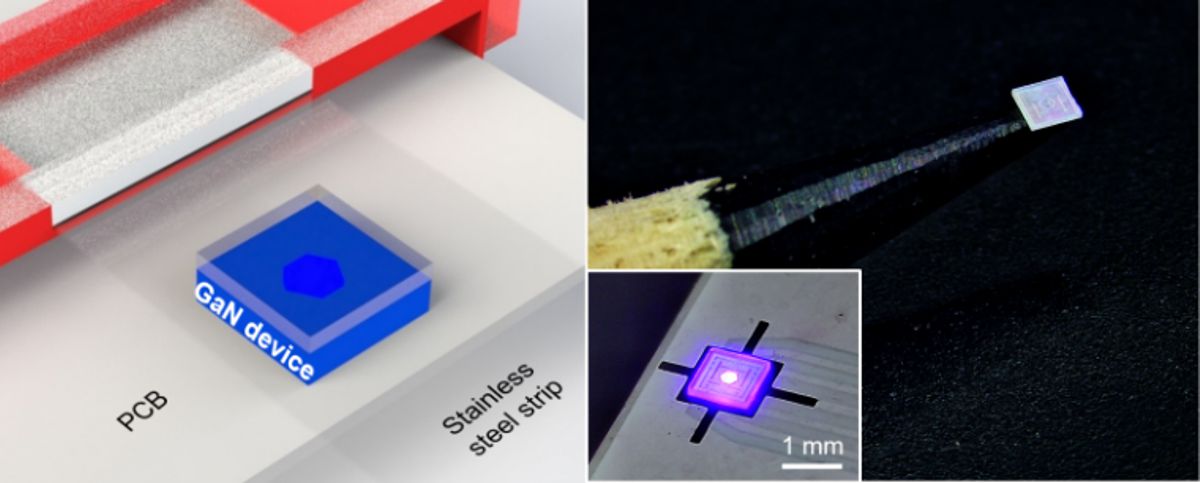Chip-scale devices for Ultrawide Measurement for Viscous Fluids
Traditional viscometers rely on capillary flow, and falling balls are simple and effective means for measuring fluid viscosity over a large range.
However, their low measurement throughput and lack of real-time monitoring capabilities limit their scope of application. For instance, capillary instruments require hours to evaluate the flow of high-viscosity fluids. Rotational viscometers are based on measuring the torque required to rotate a spindle in the sample fluids. They can respond to a wide range of viscosities but suffer from the drawbacks of being bulky, expensive, and requiring large volumes of fluid.
Advanced approaches, such as droplet-based microfluidic approaches with microchannels, suspended microchannel resonators, vibrating cantilevers, and piezoelectric resonators, have been proposed to boost the sensitivity to fluid viscosity at specific viscosity ranges. However, developing miniature, low-cost viscometers capable of wide-range, real-time measurement has remained challenging.
In a new paper published in Light: Advanced Manufacturing, a team of scientists led by Professor Kwai Hei Li from Southern University of Science and Technology have developed a unique viscometer design that integrates a chip-scale GaN optical device with a bendable strip.
Among the possible methods, viscometry based on fibreoptic technology has received increasing attention. This is because of the advantages of a sensing head with a compact structure, fast response, and immunity to electromagnetic interference. Fibre-optic probing with modified structures, such as hollow capillary tubes, viscosity-sensitive fluorescent probes, and long-period fiber gratings, have been demonstrated. Their implementation relies heavily on assembling external light-emitting and detecting units and the optical elements used for light coupling.
Although noncontact measurements based on optical tweezers and interferometric probes make accurate viscosity measurements possible with low sample consumption, they often involve complex and expensive microscopic setups. The GaN semiconductor and its alloys have been considered an ideal platform for developing light-emitting devices because of their high efficiency, long lifespan, and high physical stability. Recently, other optical devices, such as detectors and waveguides, have been proposed for integration on the same GaN platform. Furthermore, such applications as on-chip visible-light communication have been realized.
In summary, a miniaturized viscometer was designed by integrating a GaN optical device with a bendable strip. The operating and structural parameters of the viscometer, including the vibration frequency, length, and immersion depth of the strip, were optimized. With three strips of varying thicknesses, the viscometer exhibited an extremely wide viscosity range of 100–106 mPa∙s. Apart from the high degree of stability over 21,000 cycles, the ability to distinguish practical fluids of different viscosities and the real-time monitoring of elastomers under curing times were demonstrated. It proves the potential of the proposed viscometer for the rapid analysis of various fluids in practical applications.




















